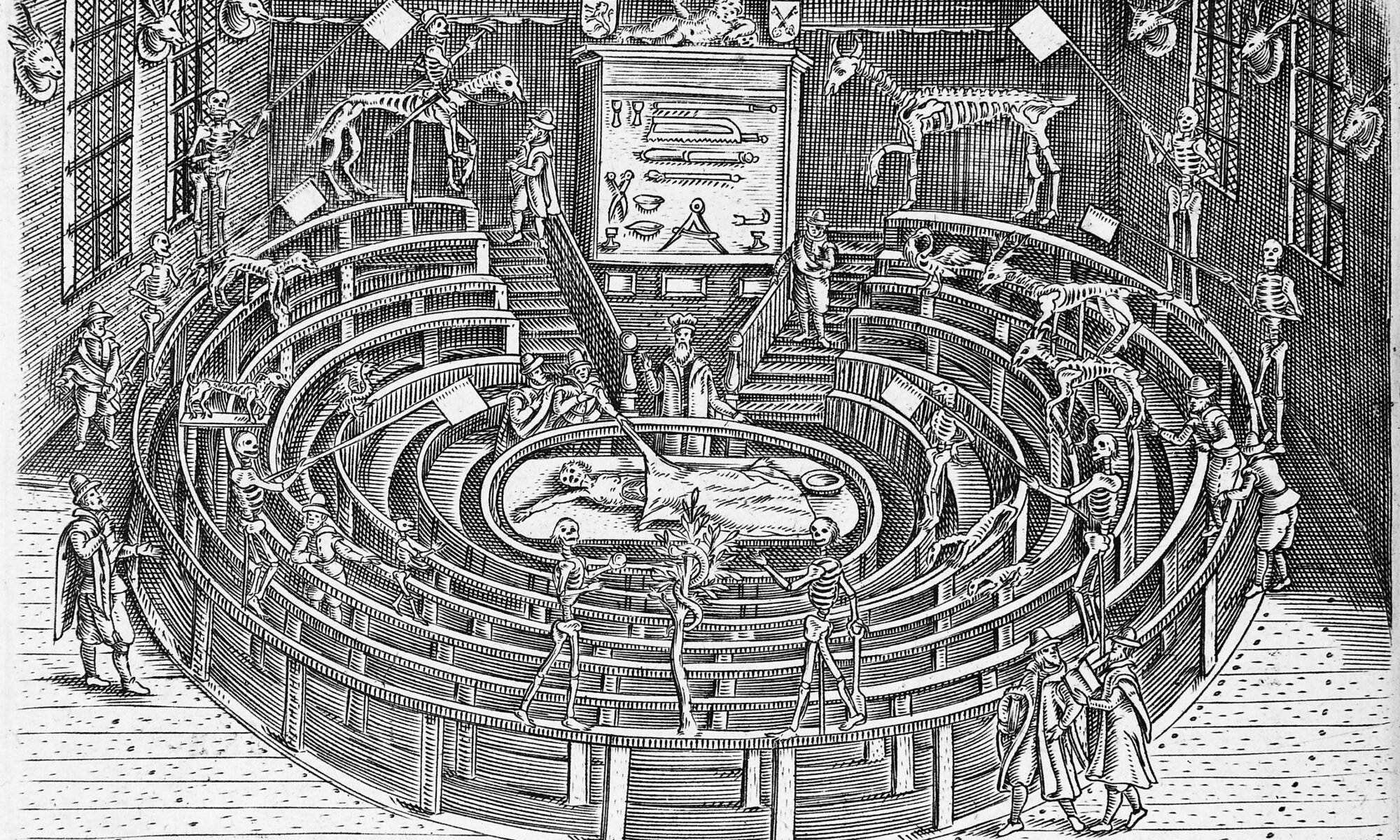
The painting of Dutch master is the most popular work of modern art, combining the worlds of anatomy and painting. Painted at the request of the Amsterdam Surgeons Guild, it shows the eponymous Dr. Nicholaes Tulp, in the company of seven viewers, carrying out an autopsy of a man (Adriaan Arisza) who was executed on the same day. In the first half of the 17th century, dissections were carried out once a year, usually in winter, and were increasingly often made public. Over time, they were treated as performances comparable to a visit to a theater or an opera, therefore, apart from doctors and students, all interested parties participated in them after paying for inexpensive tickets. From a scientific point of view, the section presented by Rembrandt was not properly done because the autopsies always began with cuts to the stomach and chest. Here we are dealing with the anatomy of the human hand, and more precisely the mechanism of bending the fingers. In the lower right corner of the painting, an open book is visible, which is considered to be the anatomical treatise De Humani Corporis Fabrica, written by Andreas Vesalius. Rembrandt painted one more painting showing the human dissection – “Doctor Deyman’s Anatomy Lesson” which has not survived to present times.

